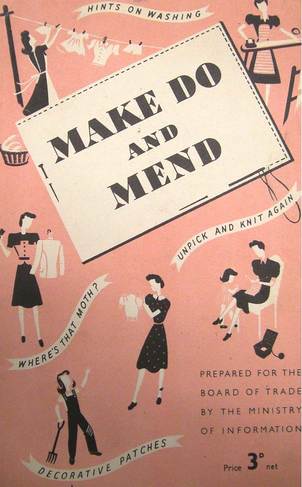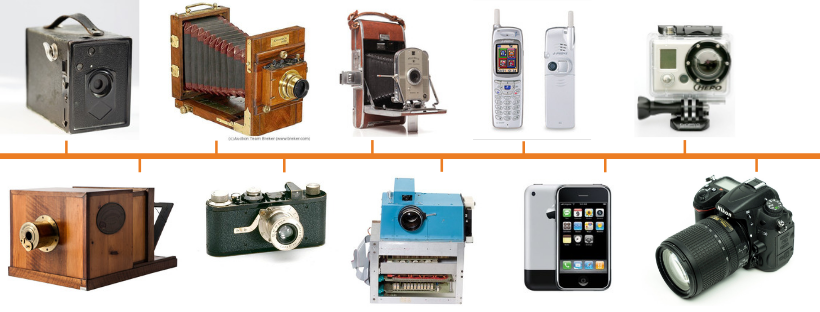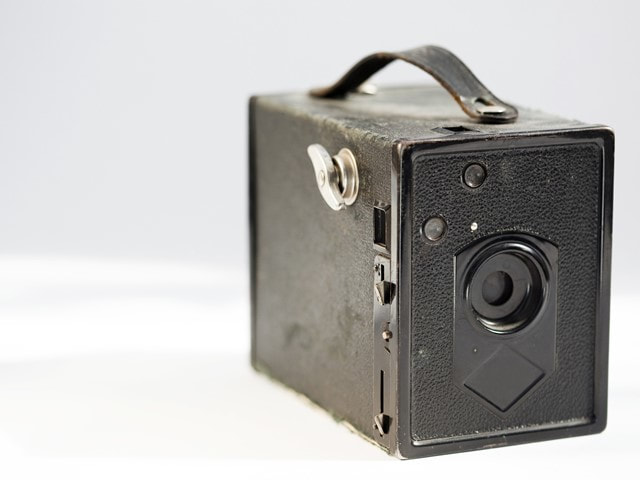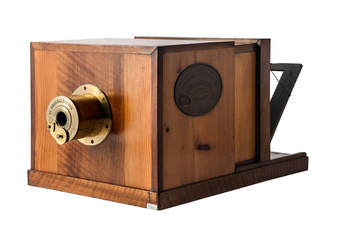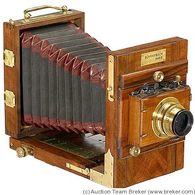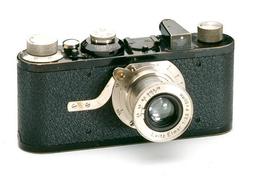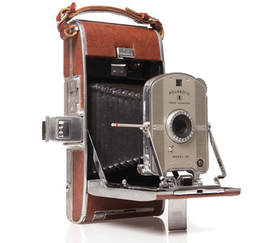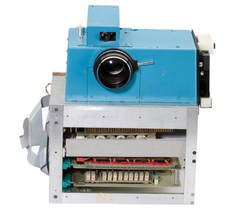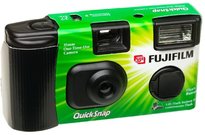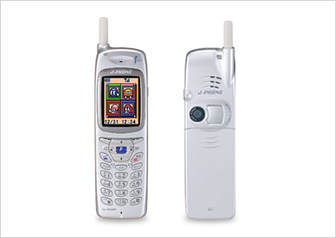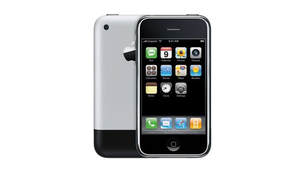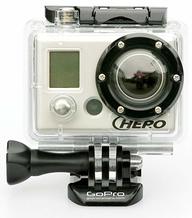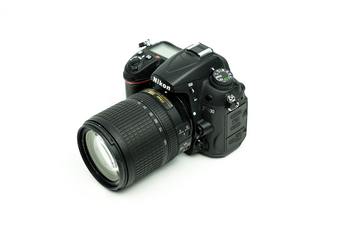At Precision Camera Repairs, our motto is make do and mend. If your camera breaks, you can not only save time and money by having it repaired, but also do your bit to help the environment by reusing, reducing and recycling.
View our camera repair services here Most cameras can be easily repaired, meaning there is no need to throw them away and buy new ones - a modern trend, which both costs more and adds to our e-waste problem. Here are five key e-waste stats you may not know:
If you have a damaged camera, video camera or camera equipment, then contact us today for a free estimate.
11 Comments
Photography is a part of our daily life, but how did the camera come to be and evolve over the years? 1500 – Camera Obscura (The Pinhole Camera)
1839 – Daguerreotype Camera
1900 – The Reise Camera
1925 – The Leica I
1947 – Polaroid Model 95
1975 – Kodak Digital Camera
1986 – Fuji QuickSnap 2000 – Sharp J-SH04
2007 – Apple iPhone
2008 – GoPro HD HERO
2018 and Beyond... No matter how cameras evolve, we will always be here for your camera repair needs. View our Film, Compact & D-SLR Repair Services here. It’s the 5th of November, which means one thing – it’s firework night! Although primarily a UK custom, bonfire night/Guy Fawkes/firework night is celebrated far and wide. Regardless of age, fireworks are a wonder to behold, leaving spectators wide eyed in awe, but how do you snap that perfect firework photo? Here are some quick tips:
1. Use a tripod Utilising a tripod is essential when photographing fireworks, as you want to ensure it doesn’t move during your shot. This is important as you will be using longer shutter speeds, which not only capture the movement of the fireworks, but also the camera movements. 2. Use a remote release to trigger the shutter A remote release is another device to help keep your camera completely still during shooting. If you don’t have a remote release, you can use the self-timer, but with firework shots, you will need to not only anticipate shots, but have quick reactions, meaning a self-timer may make that more difficult. 3. Framing and anticipation Photographing fireworks require framing based on anticipation. You will need to anticipate where the fireworks will go off and aim your camera in that direction. 4. Focal Length We suggest shooting at a wider focal length, as you can always crop the photos at a later stage to create a more tightly cropped shot. Need your camera repaired? Check out our camera repair services here. 5. Aperture Surprisingly, apertures in the mid to small range tend to work well with photographing fireworks, as the light that fireworks emit is quite bright. We suggest shooting somewhere between f/8 and f/16. 6. Correct Shutter Speed Fireworks move, meaning a long exposure is needed when photographing them. This will enable you to capture the movement. We suggest shooting in ‘bulb’ mode, which allows you to keep the shutter open for as long as you hold down the shutter. So, when a firework is about to explode, simply hit the shutter and hold it down until the firework has finished exploding. However, don’t be tempted to keep the shutter open too long, as fireworks emit a lot of light, meaning they are easy to over expose. 7. Set your ISO Shoot at a low ISO to ensure clean shots. We suggest sticking to ISO 100. 8. Switch off your Flash Do not shoot with flash when photographing fireworks. A flash not only has a short reach, meaning it will have no impact on your shots, but it also tricks your camera into thinking it needs a short exposure time. 9. Shoot in Manual Mode Shoot in manual exposure and focus modes to achieve the best shots. Once your focusing is set, you won’t need to change it during the display. Check out our camera repair services |
|

